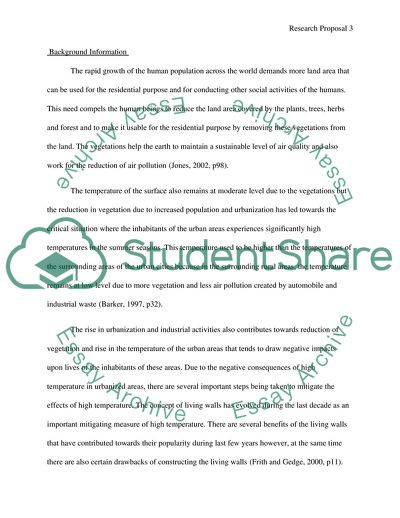Cite this document
(Benefits and Drawbacks of Living Walls Research Proposal, n.d.)
Benefits and Drawbacks of Living Walls Research Proposal. Retrieved from https://studentshare.org/environmental-studies/1731836-what-are-the-benefits-and-disbenifits-of-living-walls-compared-to-other-wall-construction-methods
Benefits and Drawbacks of Living Walls Research Proposal. Retrieved from https://studentshare.org/environmental-studies/1731836-what-are-the-benefits-and-disbenifits-of-living-walls-compared-to-other-wall-construction-methods
(Benefits and Drawbacks of Living Walls Research Proposal)
Benefits and Drawbacks of Living Walls Research Proposal. https://studentshare.org/environmental-studies/1731836-what-are-the-benefits-and-disbenifits-of-living-walls-compared-to-other-wall-construction-methods.
Benefits and Drawbacks of Living Walls Research Proposal. https://studentshare.org/environmental-studies/1731836-what-are-the-benefits-and-disbenifits-of-living-walls-compared-to-other-wall-construction-methods.
“Benefits and Drawbacks of Living Walls Research Proposal”. https://studentshare.org/environmental-studies/1731836-what-are-the-benefits-and-disbenifits-of-living-walls-compared-to-other-wall-construction-methods.


